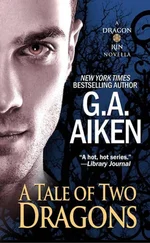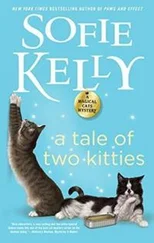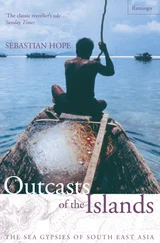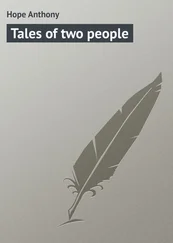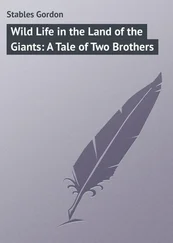The isolation that made up so much of the charm of the house came to be a liability for eighty-year-olds. The narrow lane leading down the hill from the main road arrived steeply at a bridge over a stream; snow made it impassable. If that were to coincide with a power-cut or a problem with the boiler or a burst pipe … The loneliness of the spot must have made it seem vulnerable to burglary. One day, when my grandparents were away, a gang of thieves reversed a pick-up through the heavy oak front door. To silence the burglar alarm they tore the bell off the wall and threw it into the millpond. What they could not have realized was that, ever since the IRA threats against Grandpa’s life, the alarm had been hard-wired to Special Branch in Cheltenham. A rapid reaction unit had the place surrounded in thirty minutes.
In the new year of 1997 Grandpa went for a walk up the lane and was discovered sometime later lying on the verge. His balance had not been good for a number of years, but it was not clear whether he had fallen and then suffered a stroke or the other way round. He was admitted to hospital, and then to a rehabilitation centre where his recovery progressed to the point where he was able to go home. Soon after, though, he developed jaundice and returned to hospital for more tests. These revealed he had cancer of the liver.
The old soldier faded away over that spring and summer, as the Halle-Bopp comet waned. The warrior became meek, and I would push him in his wheelchair to feed the fish, or to inspect the lambs in the meadow where I had played kiss-chase as a boy with the girls from the farm in the village. He stayed at home until the end. The final phase of his illness came at the beginning of September. The last time I saw him he was yellow and swollen. His hands were puffed up and dimpled at the knuckles. His eyes were closed. His carer had said that he might be able to hear so I should talk to him, but I could not find anything to say. I sat watching his chest rise and fall as he took gulping dry breaths, between which there were interminable intervals, so long I had to wonder if he would ever breathe in again. I bent over him to tell him I loved him, to kiss him goodbye. His moustache tickled my cheek.
Grandpa often said he could start the day only if when he turned to The Times obituary page his was not there. What the comment said about him depended on which camp you were in, those who thought him an egotistical martinet, and those who found in his amused take on public life irreverence and self-deprecation. The former resented being told that ‘egotistical’ should be pronounced with a short ‘e’; for them his querulousness was merely a way of showing off that he was cleverer than you. The latter were inclined to see a certain intellectual mischievousness in his pedantry. Besides being the subject of jest, the ritual of turning to the obituary page first was for him a memento mori , an acknowledgement that the day would arrive when his own appeared there.
When it came, the obituaries were indeed encomious. Condensed into fifteen hundred words his public career glittered with decorations and honours. His qualities as a scholar, soldier and leader were dwelt upon. His sense of humour and approachability were mentioned in the same breath as his pedantry, or rather, to quote his entry in Who’s Who , an interest in ‘the pursuit of exactitude, called by some pedantry’. It was a fitting send-off for one of the breed obituarists know collectively as ‘the Moustaches’, the heroes of the Second World War. At his memorial service in St Martin-in-the-Fields Church there were five field marshals, three air marshals, and thirty-six assorted generals among the eight hundred people who attended.
Shan and Margaret were married for fifty-five years. She was his Schatz , his treasure. The pain she suffered during his last illness was terrible to behold; her sadness after his death was deep indeed, and into it intruded the sublunary necessity of ordering his affairs. Before his death King’s College, London, had been offered and accepted the gift of his papers. He had left an ample record of himself which was still being archived four years later, and as the papers were sorted through and boxed up, occasionally a gem would emerge. One item that caught my eye was a large Manila envelope containing the photographs and negatives he had taken while touring the Crusader Castles of Northern Syria for his thesis on Saladin. As I had an enlarger at home I offered to print them for Granny.
My father had taught me to print black and white photographs using pictures he had taken during the Korean War – helicopters and tanks in the snow, cherry-blossom time in Japan. His father, a Fellow of the Royal Photographic Society, had taught him. I had become interested in old printing processes – carbon and cyanotype and gum bichromate – and in the world such old photographs portrayed, so to come across a hoard of negatives from the 1930s was exciting. That they showed an obscure corner of the world made these even more intriguing. Grandpa had occasionally spoken about this journey down the Orontes Valley on a mule, and having had similar experiences in Asia I was eager to work on the pictures.
They are not good photographs. Though Grandpa listed painting among his hobbies, had even attended art school, he did not have an eye for taking pictures and he was further disadvantaged by the camera he was using, ‘a poor camera, borrowed from a brother officer’ whose bellows leaked light. The flat noonday sun deprives the scrubby hills and tumbled masonry of all contrast and bleaches the sky to a dull white. Where the ruins are substantial and well preserved, the photographs fail to capture the spirit of the place. Admittedly they were not taken for a wholly pictorial purpose, but even as illustrations they are disappointing.
Nevertheless, however good or bad they are, these were 1/60th of a second slices of May 1935 in Northern Syria. They were part of the source material for a story that had become a family legend, proof that it really had happened. I wondered what else had survived from that time, and what I could find out about my real grandfather. If such discoveries could be made about a family legend, why not a family mystery? The telling and re-telling of the events recorded in a family’s oral history seldom follow the same path twice. The self-contained episodes are re-combined according to theme. Their chronology becomes obscured and the larger story fragmented. Yet I felt certain that if I could track down more concrete evidence to which to anchor the anecdotes, I would be able to reassemble these pieces into a narrative that would not only tell what had happened sixty years previously in Palestine, but also how the protagonists came to be there in the first place. Maybe I would even find out why my real grandfather had committed suicide. At the least I might find his grave.
PART ONE
‘The East is a career,’ wrote Benjamin Disraeli in his novel Tancred, or The New Crusade published in 1847, but just what sort of career lay ahead for John Winthrop Hackett was far from certain. His regiment, the 8th King’s Royal Irish Hussars, the regiment in which his great-grandfather had served in the eighteenth century, arrived in Port Said on 29 December 1933 aboard the Nevasa. ‘I was glad’, he wrote, ‘to be in the East again.’ He was so glad, he embarked upon an all-night bender with a group of other young officers. They started at the casino and dined at the Eastern Exchange Hotel, before being led by ‘a persuasive person in a blue dressing gown’ to an unsavoury part of the town where a floor-show was staged for them in an equally unsavoury establishment. For some who served in the ‘sensuous and despotic’ Orient their career was a headlong one towards dissoluteness.
Читать дальше
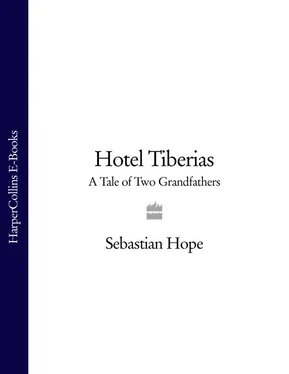
![Чарльз Диккенс - A Tale of Two Cities [С англо-русским словарем]](/books/26616/charlz-dikkens-a-tale-of-two-cities-s-anglo-thumb.webp)

